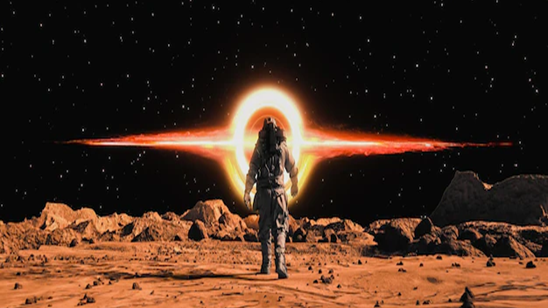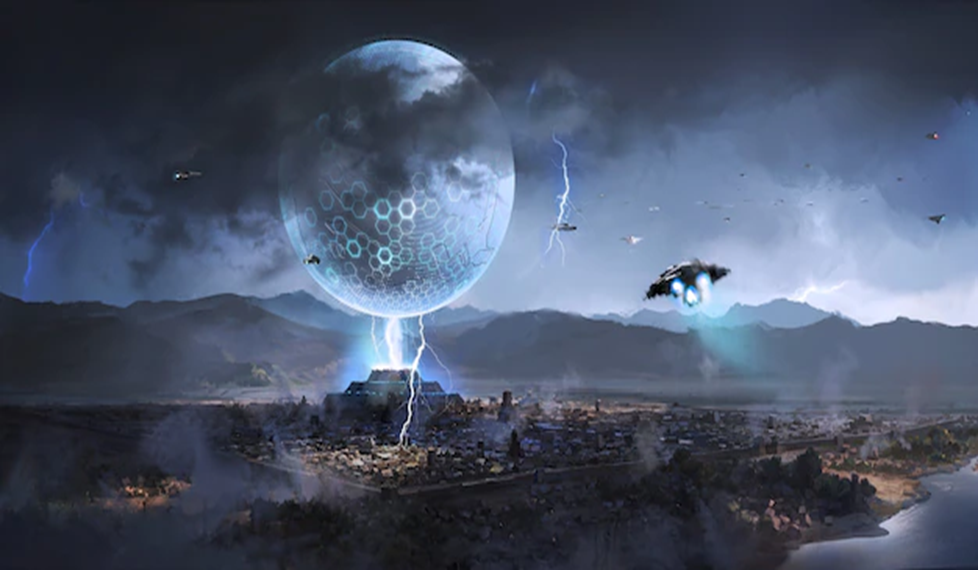“China is using mythology and sci-fi to sell its space programme to world”
In the expansive realm of space exploration, China has embarked on a captivating journey that transcends the boundaries of traditional narratives. Through a unique fusion of ancient mythology and cutting-edge science fiction, the nation is not merely launching rockets into space but crafting an intricate tapestry that resonates with the world’s imagination. This blog delves into the mesmerising narrative of China’s space program, exploring the interplay between myth, science fiction, and the tangible achievements that define its celestial odyssey.
1. Change and the Lunar Landscape: A Mythological Prelude

At the heart of China’s space program lies the enchanting tale of Chang’e, the Moon Goddess of Chinese mythology. As Chang’e-4’s rover gracefully explores the far side of the moon, it mirrors the celestial dance depicted in ancient folklore. The juxtaposition of mythical narratives with real-world lunar exploration creates a captivating symbiosis that not only captures the nation’s cultural roots but also elevates each mission to a chapter in an epic celestial saga.
Accompanying the narrative are spellbinding images of the lunar surface, with the rover casting its mechanical gaze upon landscapes that were once the exclusive domain of mythical beings. These visuals not only showcase China’s technological prowess but also cultivate a sense of national pride as the nation metaphorically reaches for the moon
2. Mars, the Red Planet: Where Science Fiction Meets Reality

The allure of Mars, the Red Planet, has inspired countless works of science fiction, and China’s space program deftly taps into this fascination. The Tianwen-1 mission, culminating in the successful landing of the Zhurong rover on Martian soil, unfolds like a chapter from a classic sci-fi novel. The imagery of Zhurong navigating the Martian terrain evokes scenes from beloved space exploration stories, bridging the gap between fiction and reality.
This blending of scientific achievement with the allure of science fiction serves as a powerful storytelling mechanism. It not only captivates a global audience but also positions China as a pioneer in the interplanetary exploration narrative, where myths of ancient civilizations meet the realities of contemporary space endeavors.
3.Tiangong and the Galactic Frontier: A Journey to the Stars

Transitioning from planetary exploration to the cosmic frontier, China’s Tiangong space station project is a testament to the nation’s commitment to pushing the boundaries of space exploration. The deployment of the core module, Tianhe, symbolizes a leap into the future, akin to the modular space stations often depicted in science fiction literature. Through a lens of imaginative storytelling, China invites the world to envision a future where humans inhabit space stations, conducting research and forging collaborations that transcend national borders. The Tiangong space station becomes a symbol of humanity’s collective dreams, blending the pragmatic realities of space exploration with the limitless possibilities of interstellar habitation.
4. A Celestial Tapestry Unfolding Across Realms

China’s space program confines of technical achievements. It is a narrative that unfolds across the realms of mythology, science fiction, and tangible exploration. As Chang’e dances on the moon, Zhurong roves Mars, and the Tiangong station orbits high above, China invites the world to participate in a celestial tapestry—a story that bridges ancient myths with the cutting-edge realities of space China’s approach to promoting its space program transcends the conventional exploration. This narrative, woven with captivating visuals and tales, beckons humanity to join in a collective odyssey toward the stars.
Article By Nishi Mistry । Edited By Sanika Vahora



